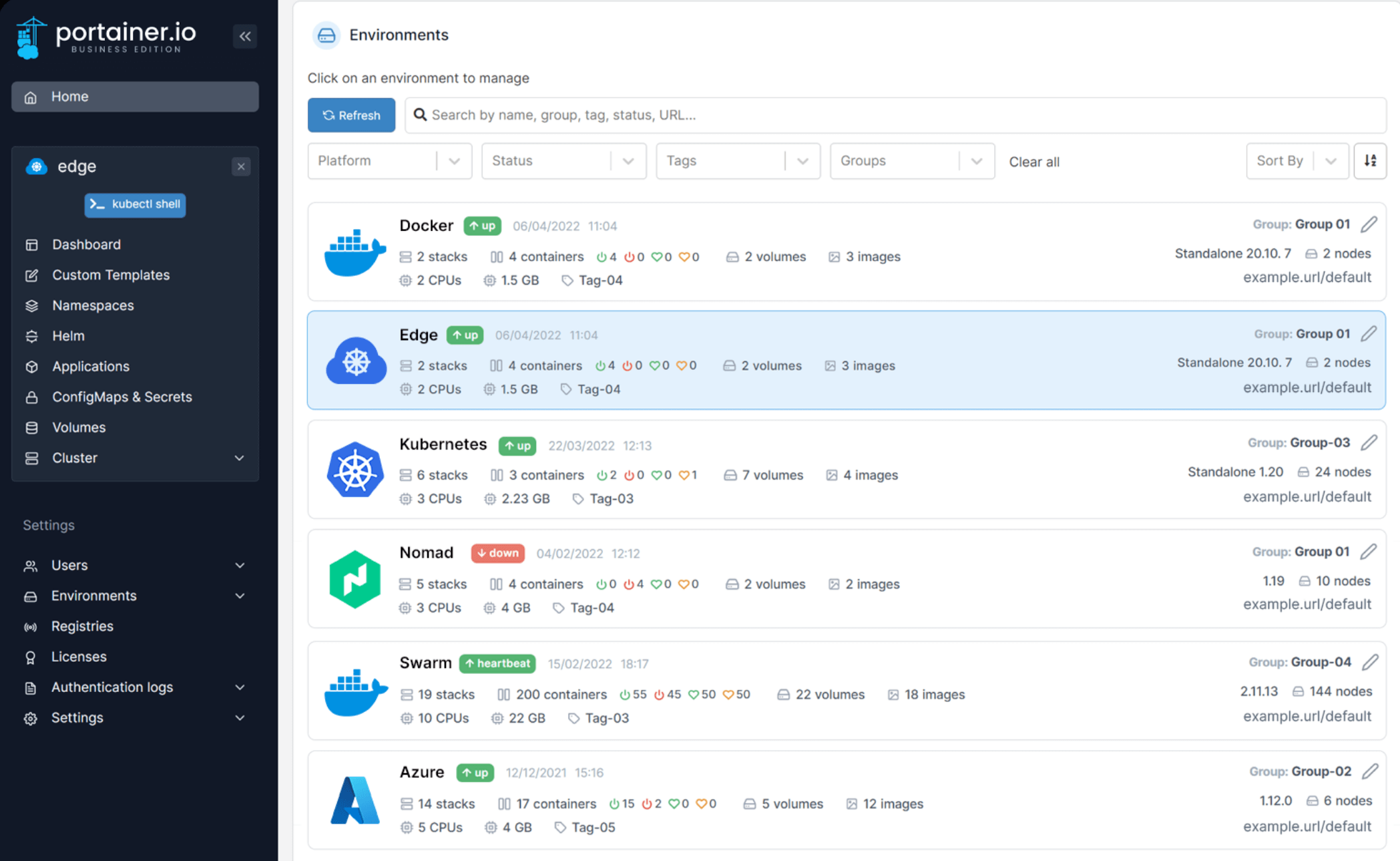Homelab - Container Application Management Platform Portainer

Portainer is a graphical management tool for container applications, including Docker, Docker Compose, Swarm, and Kubernetes. It allows you to manage Docker environments through a web interface and offers various features such as log viewing, container start and stop, image management, network management, and volume management.
Deployment (Docker Compose)
First, create a compose.yaml file and paste the following content:
version: "3.3"
services:
portainer:
container_name: ${STACK_NAME}_app
image: portainer/portainer-ce:${APP_VERSION}
ports:
- ${APP_PORT_HTTP}:9000 # HTTP
# - ${APP_PORT_HTTPS}:9443 # HTTPS (optional)
volumes:
- /var/run/docker.sock:/var/run/docker.sock
- ${STACK_DIR}/portainer_data:/data
restart: always
(Optional) It's recommended to create a .env file in the same directory as compose.yaml and customize your environment variables. If you prefer not to use environment variables, you can directly customize your parameters within compose.yaml (e.g., replace ${STACK_NAME} with portainer).
STACK_NAME=portainer
STACK_DIR=xxx # Customize your project storage path, e.g., ./portainer
# portainer
APP_VERSION=latest
APP_PORT=xxxx # Customize the access port, choose an available one
Finally, execute the docker compose up -d command in the same directory as compose.yaml to start the orchestrated container.
Configuration Notes
Please note that the image for the community edition is portainer/portainer-ce and should be distinguished from the commercial edition (portainer-be).
References and Acknowledgments
Original: https://wiki-power.com/ This post is protected by CC BY-NC-SA 4.0 agreement, should be reproduced with attribution.
This post is translated using ChatGPT, please feedback if any omissions.